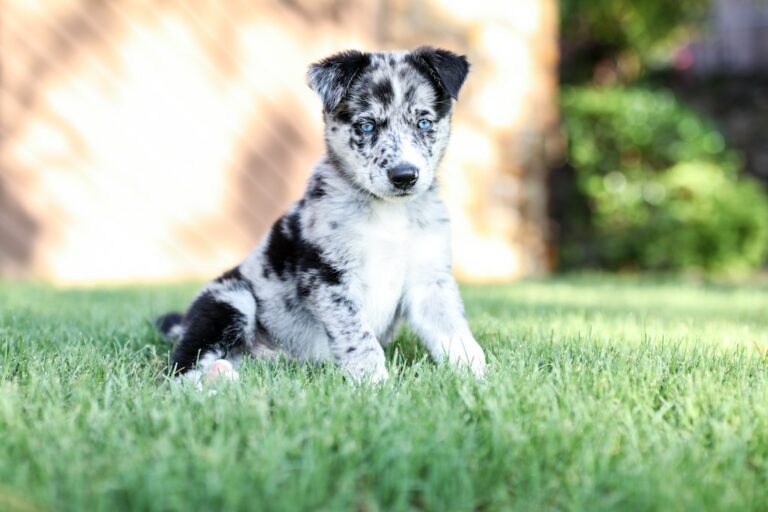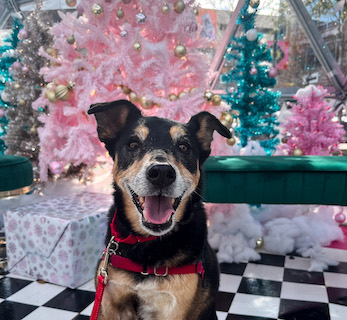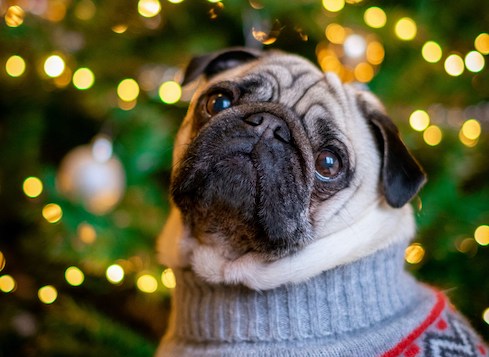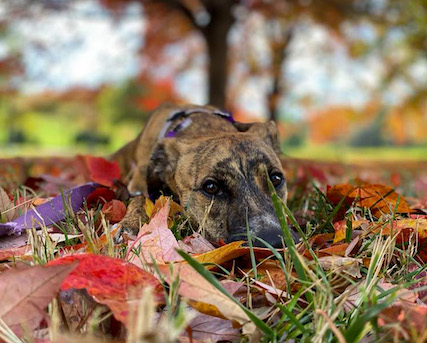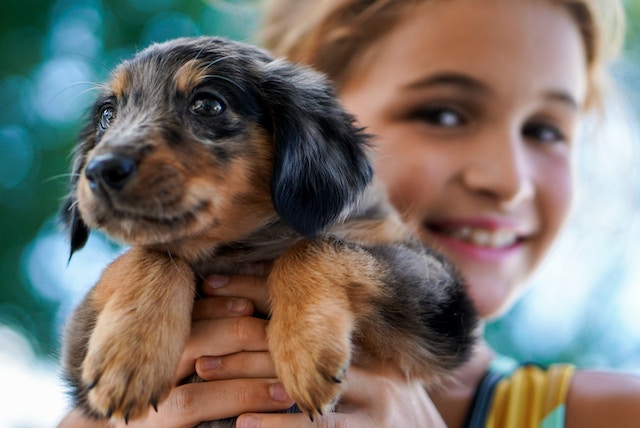As you prepare to bring your new puppy home, you may see long lists of new puppy supplies from your local pet store. But what do you really need for your new puppy?
First things first, ask your breeder or adoption center what they recommend and what they will be sending home with you. Most will let you know what food the puppy is currently eating, so you can prevent digestive issues. Check with your veterinarian to determine what food you ultimately want to feed your puppy. Other than food, the recommended supplies will differ among breeders/adoption centers.
Below is what we recommend having PRIOR to bringing your puppy home.
Essentials
- Appropriately sized crate – We recommend a wire crate with a divider. The crate should be large enough that your dog will fit in it when full-sized, but the divider should be able to make the crate small enough so they only have enough space to lay down, turn around and stand. This will help prevent accidents in the crate and keep your puppy safe when you are unable to supervise them.
- Collar with identification tag – You’ll want to put a collar on your new fur baby soon after their arrival so everyone knows who they belong to.
- 6ft flat leash – Skip the retractable leash and stick with a regular nylon leash. This provides safety and control when you walk with the puppy. We also like to have the puppy drag a leash in the house so that you can keep them close, by tethering them to nearby furniture, or so you can easily move them if you catch any potty accidents.
- Food – As mentioned above, check with your breeder or adoption office first before purchasing. We also recommend speaking with your veterinarian, as they will guide you to the right type of food and brands for your pup.
- Treats – Although we recommend using your puppy’s kibble for most training at this age, we do recommend treats only for potty training. Make sure to pick something soft and puppy-friendly.
- Water bowl – When considering the water bowl, keep in mind that many puppies like to splish splash the water all over the floor. You may consider keeping the water bowl outside and purchasing a stainless steel model.
- Chew toys – Appropriate toys are an absolute MUST for puppies. They’re going to chew on something, so let’s give them a toy instead of the couch. We recommend hard toys like kongs, nylabones, benebones, femur bones, or whole deer antlers. Make sure to pick up at least 8 of these types of toys so your puppy has many options!
Additional Creature Comforts
- Bed – While we don’t recommend placing anything absorbent in the crate for housebreaking purposes, your new baby may like a bed in the main space when they are hanging out with their humans. When considering what type of bed, consider whether it’s machine washable. You’ll thank us later.
- Grooming supplies – A brush, nail clippers, and ear cleaners should be next on your list. Even if your puppy is too young to need these things. It is important to properly expose them to these items that will commonly be used throughout their life. Check out our article on preparing your puppy for veterinary and grooming visits.
- Easy walk harness – When your puppy is about 14 weeks old, they can start more formal obedience training. We like the Easy Walk Harness because it attaches in the front and, when introduced properly, prevents pulling.
- Treat pouch – Your puppy is learning all the time, 24/7. Make sure to reinforce good behaviors when you see them happen. We especially like treat pouches on walks to help teach good manners and encourage socialization. Check out our article on puppy socialization.
Optional Items
- Exercise pen or baby gates – This really depends on your space. We recommend keeping your puppy in the same room as you. Otherwise, you will find destructive messes and potty accidents in the other room. Exercise pens can be a great temporary way to keep your puppy safe, they’re especially useful for small breed dogs. Baby gates are another alternative to block-off unsupervised areas.
- Grass pads – For those in apartments, grass pads on the patio are a great alternative to going downstairs. Some puppies may not even make it down the elevator. We prefer to use grass pads instead of potty pads because it will prepare your puppy to be fully housebroken.
- Plastic airline crate – For those pups hard to potty train or petite breeds, an airline crate may be preferred to a wire.
- Chain leash or tie-out cable – If your puppy is constantly chewing on their leash, consider a chain leash or tie-out cable that is less fun to chew on.
Skip These
- Potty pads – They often delay housebreaking. A puppy can differentiate between being outside compared to inside the house. It’s much harder for them to decide what is carpet and what is a potty pad.
- Crate pads or bedding – For now, this is to discourage accidents in the crate. Puppies typically don’t want to sleep where they’ve peed. By having a towel in the crate, it absorbs the urine and often allows the puppy to lie down peacefully in the opposite corner.
- Food bowl – We recommend hand feeding meals for bonding and training. We also recommend letting the puppy eat meals off the bottom of their crate to discourage accidents further.
- Rawhides – Plain dangerous, these items are often not digestible. They create a choking hazard and potentially cause GI blockages.
- Plush and rope toys – Although it’s hard to walk past the puppy plush section, we recommend sticking to hard toys for now. It’s difficult for a puppy to distinguish what is acceptable to chew on and what is not. Let’s not encourage your puppy to chew on the same texture as pillows, carpet, couches, etc.
If you are interested in learning more about puppy training or would like to speak with someone about setting up a consultation or training program, please contact us! We are happy to help!
